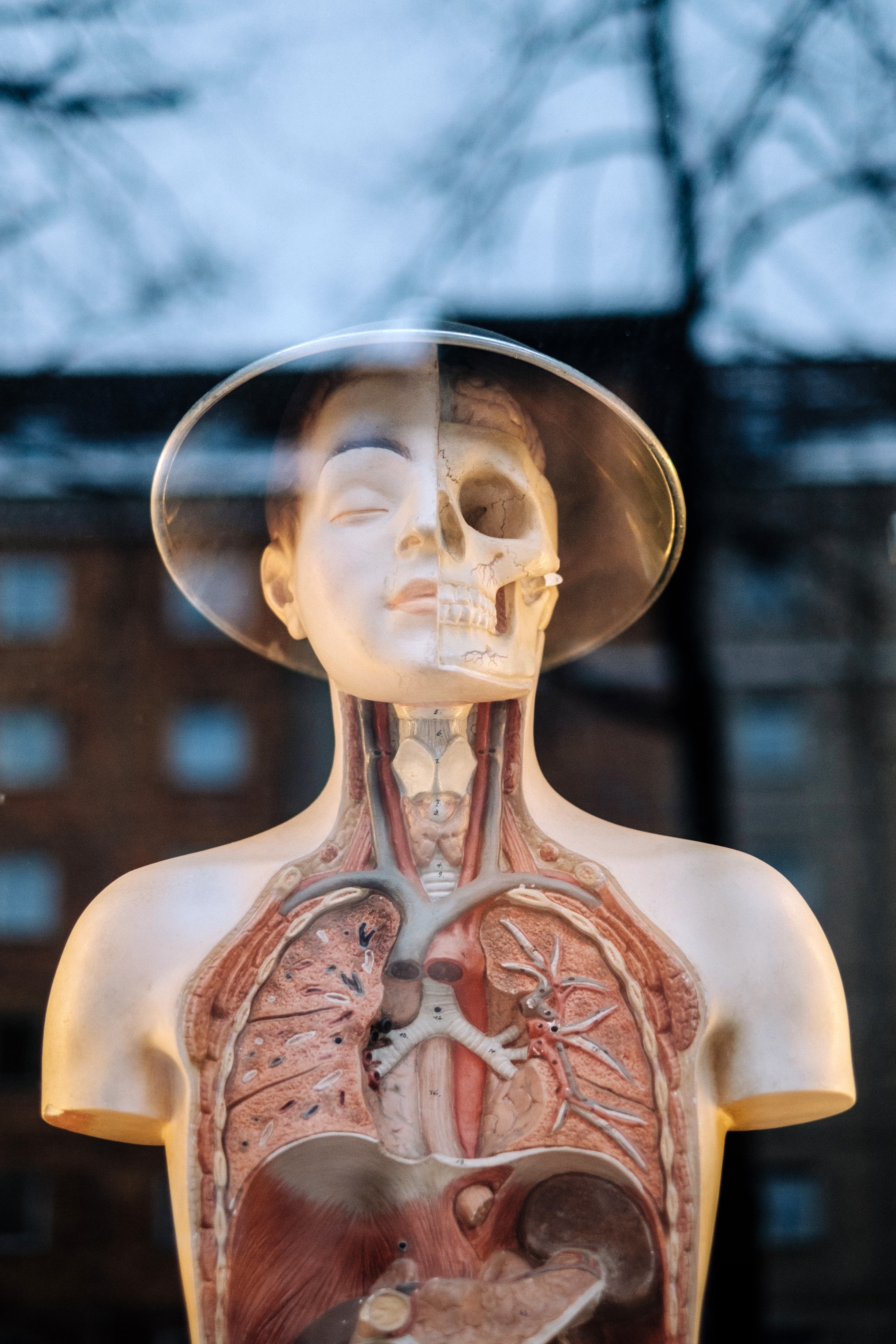By Kasia Kosidlo | @kasiakosidlo
Death… a subject that makes most people uncomfortable. But hey, you’re clearly curious enough to start reading all about it.
While what happens after death is a hot topic for the living, tackling the divide between life and death and everything in between remains less scrutinised. With an extensive binge-watching history of House and Grey’s Anatomy behind me, I think I’m more than qualified to explore the matter.
Here we were, thinking that death was a 100% fate-sealed kind of deal, when it actually takes place in a variety of ways and stages. Clinical death occurs when a person ceases breathing and their heart stops, but efforts to revive or extend a person’s systems – usually CPR, defibrillation or mechanical ventilation – can be performed, and when successful, result in life. This medical limbo is where near-death experiences are reported, and they happen with enough frequency and remarkable similarities to warrant fascination. Biological death is a permanent cessation of brain activity, where tragically… well, that’s it.
This process seems even harder to pin down when considering the strange, although scientifically justified, Lazarus sign spinal reflex that causes movement in patients diagnosed with brain death. Even in non-BD bodies, our skin cells will be alive and surviving for days after our demise. If you’re feeling uncertain about true death, you could always wait a little until the body begins decomposition…
It was this uncertainty that fueled a mass hysteria during the mid 18th century, leaving doctors and civilians fearful of the bizarre prospect of being buried alive. ‘Waiting mortuaries’ opened up, monitoring the dead in case they ever came back to life, but none ever did.
Going back even further in time, neurologist Birk Engmann’s book ‘Near-Death Experiences: Heavenly Insight or Human Illusion’, details that “in the ancient world, the transition from life to death was illustrated as walking through a door”. Maybe this symbolism simply wasn’t dramatic enough for Hollywood and popular culture, which is bursting with special effect-laden cliffhangers.
We all know how it goes: disorientating buzzing, a tunnel filled with bright light, a rush of emotions, life summarised in a flash and, finally, a choice to remain alive or to ‘cross’. This trope is consistent with what near-death experience survivors from around the world have reported for decades. Separation from the body, mystical beings or presences and extrasensory perception also make appearances in these accounts. The Greyson Scale, developed by psychiatrist Bruce Greyson, gauges the intensity of these experiences and neatly classifies them from 1 to 16. More often than not, survivors’ experiences are found at the intense end of the scale, and are viewed as an overwhelmingly positive, life-changing experience that alters their perspective on death.
As for explaining what is behind this phenomenon, no foolproof theory has emerged. The speculation of an afterlife, or something entirely unknown, is intoxicating to some. It’s also completely unbelievable to many. Scientific theories have attempted to pinpoint the underlying cause of a near-death experience as the following: hallucinations, oxygen deprivation, a prior knowledge of the near-death scenario archetype or trauma’s strong effect on the brain.
A report by Hadassah University from February 2017 investigated whether typical ‘life review’ characteristics present during near-death experiences also exist throughout the general healthy population. These encompass dissociation, memory recall and self-reflection symptoms, with researchers determining they “exist in the cognitive system and may be further expressed in extreme conditions of psychological and physiological stress.”
Dr Tom Keeble, from the Florey Institute of Neuroscience and Mental Health in Melbourne, discussed how during a traumatic experience, the brain is flooded with adrenaline which can dull our sensations of pain.
We know the brain can react in intelligent ways like this, but the near-death experience is described as something ‘more’ than a rush, as hyper-real and visionary. Similarities were drawn between this experience and the effects of illegal psychedelic drug, dimethyltryptamine (DMT), on volunteers as recorded in a 1990-1995 study by Dr Rick Strassman.
DMT also naturally exists in the human body, and although it isn’t known whether production of it increases at time of death and in near-death experiences, Strassman later stated, “it makes sense that endogenous [the body’s internal] DMT may play a role.
The ethics and situational constraints of studying an area such as this are important to consider, and progress is predictably slow. More conclusive, varied and widespread studies, specific to the near-death experience and act of dying, are the only things that will show us the light at the end of the tunnel.


